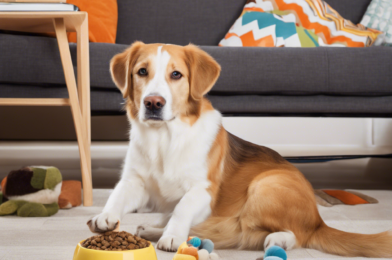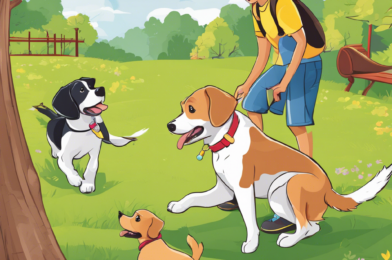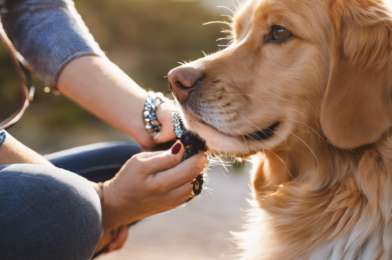# The Ultimate Guide to Mastering Pet Grooming in the Comfort of Your Home
Maintaining your pet’s hygiene and appearance is not just about aesthetics; it’s a vital aspect of their overall health and well-being. Regular grooming can strengthen the bond between you and your furry friend, and the good news is that you can achieve professional-level results right at home with the right knowledge and tools. Get ready to embark on a journey that will transform you into a proficient pet groomer!
Starting with the essentials, gather your pet grooming kit. This includes a good-quality brush suitable for your pet’s coat type, a pair of sharp scissors, a comb, nail clippers, and pet shampoo and conditioner. For dogs, consider investing in a deshedding tool to manage shedding effectively. When it comes to bathing, frequency depends on your pet’s breed and lifestyle. As a general rule, once a month is a good practice for dogs, while cats typically require less frequent bathing. Always use lukewarm water and gently massage the shampoo into their coat, taking care to avoid their eyes and ears. Rinse thoroughly to remove all soap residue.
The art of brushing is not just about preventing those pesky tangles and mats. Regular brushing, ideally done daily, helps distribute natural oils throughout your pet’s coat, keeping it healthy and shiny. It also provides an opportunity to check for any skin issues, ticks, or fleas. Use gentle, firm strokes in the direction of hair growth. For dogs with double coats, brush against the hair growth direction first to remove loose undercoat hair.
Nail trimming is another crucial aspect of pet grooming. Overgrown nails can cause discomfort and affect your pet’s gait. Get your furry friend comfortable with having their paws handled from an early age. When trimming, exercise caution to avoid cutting the quick, the sensitive part of the nail containing blood vessels. If you’re a novice, ask your veterinarian for guidance or consider investing in a nail grinder for a safer experience.






